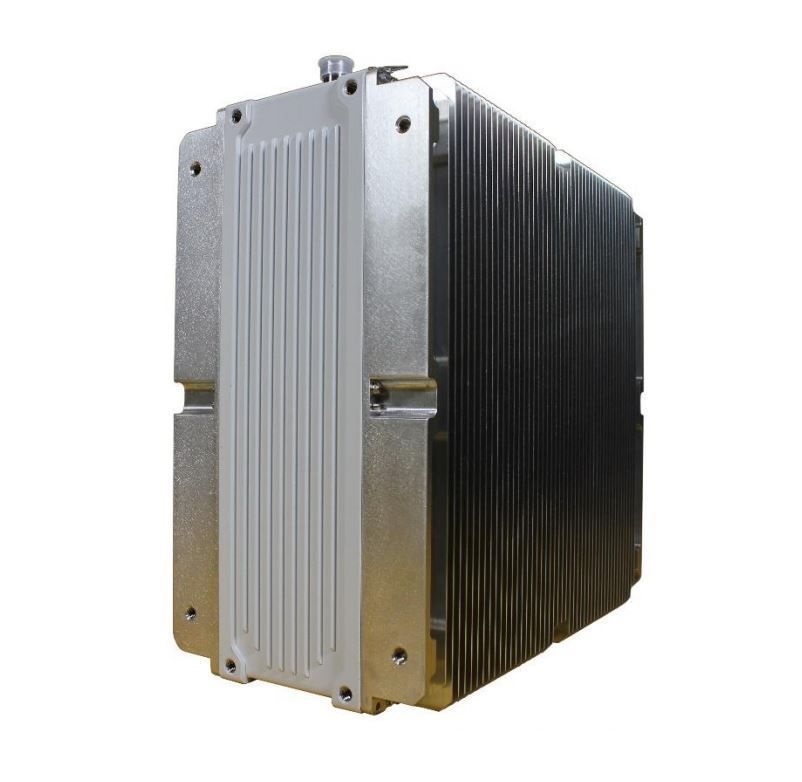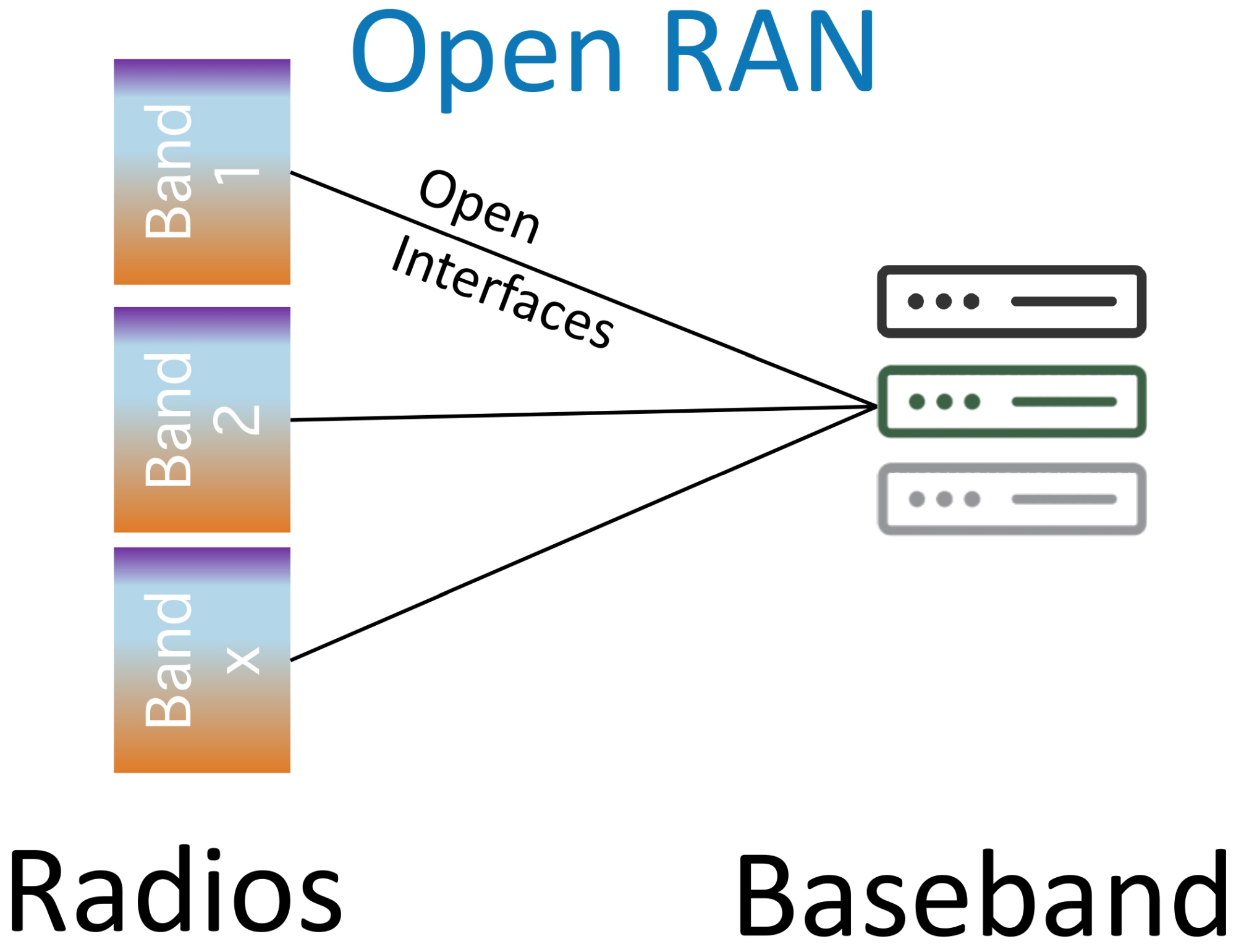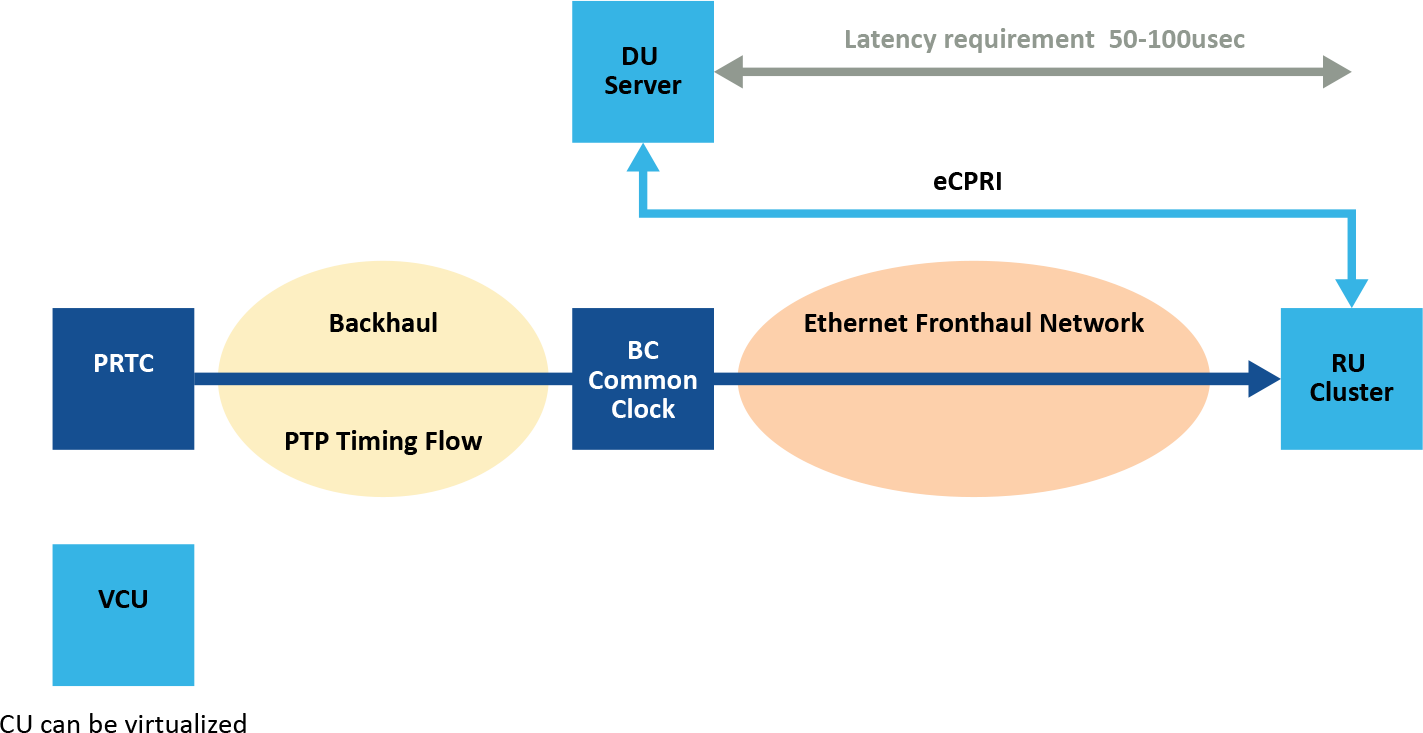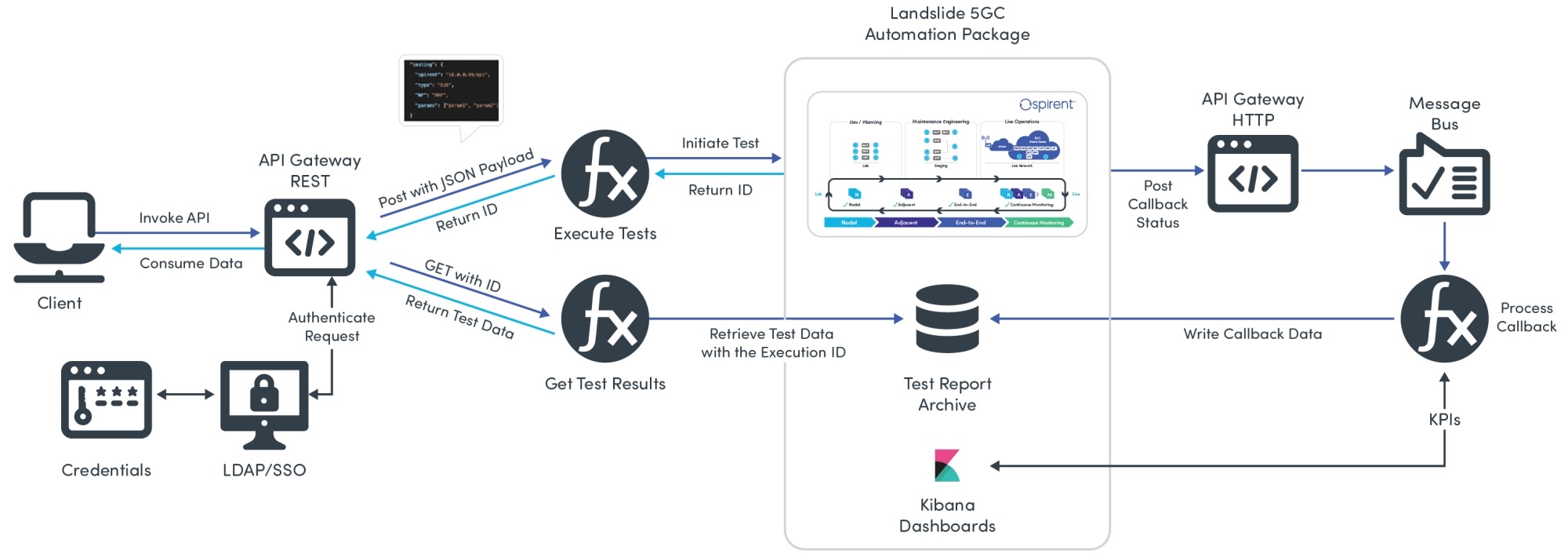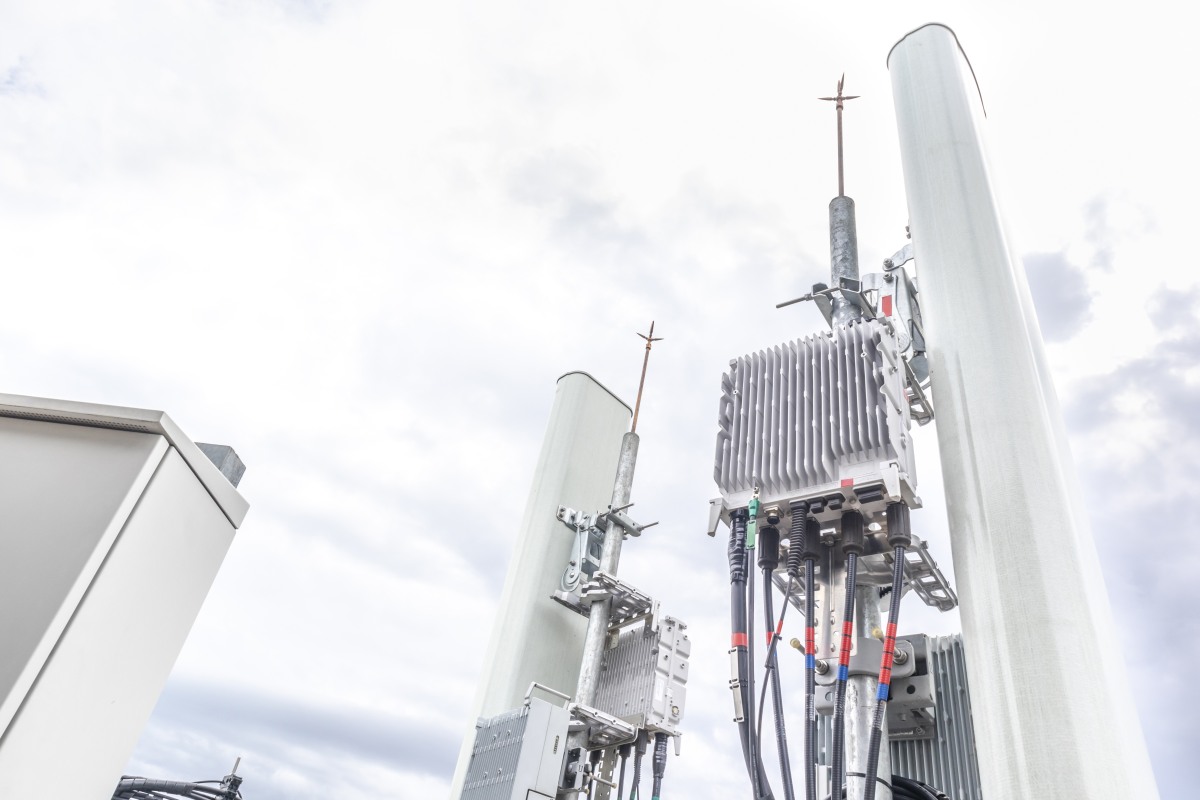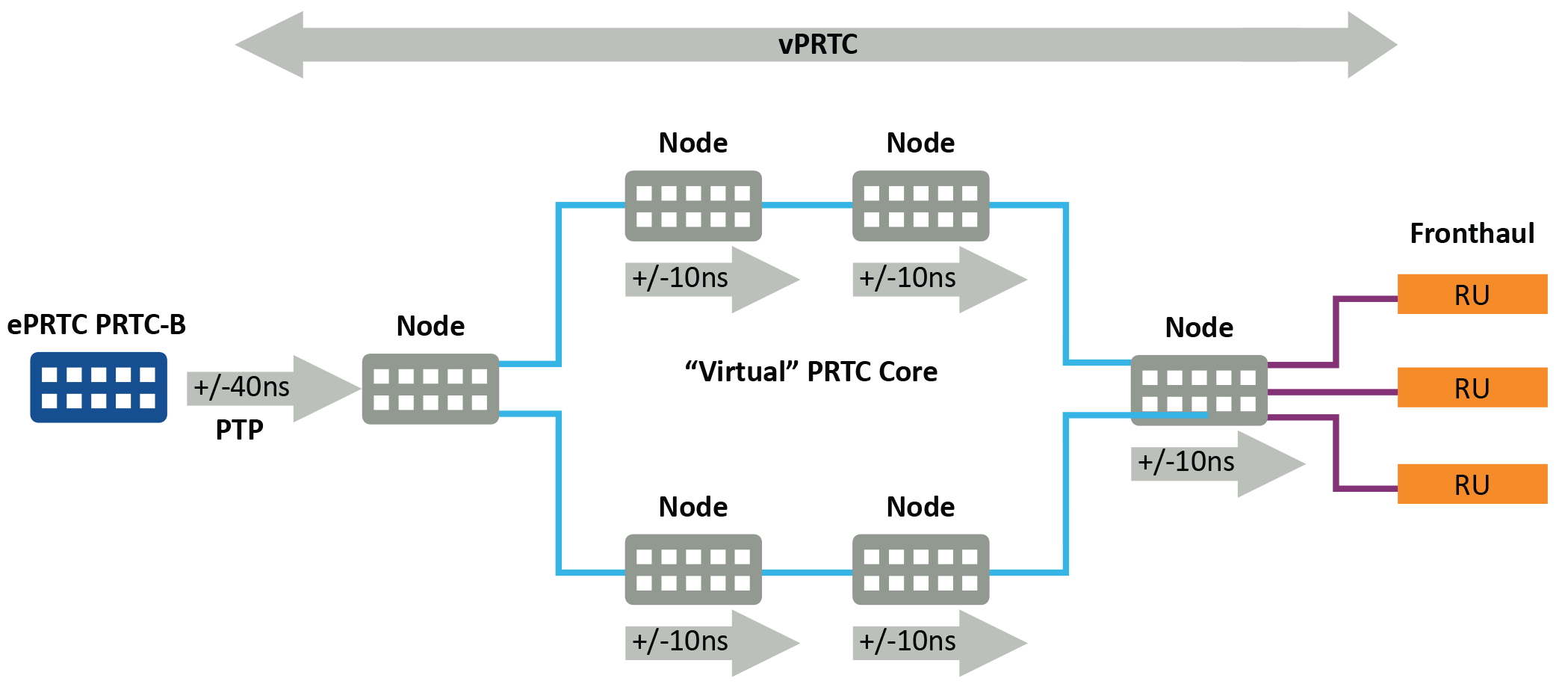48 V backup batteries from Green Cubes keep network equipment online during power failures.
Six design considerations for local data storage
Engineers must consider these design tradeoffs when choosing data storage for embedded, IoT, and network equipment. 5G’s higher data rates adds another factor to the mix.
Benchmarking in 5G: More important than ever
From chipsets to network equipment to full-scale networks, benchmarking of communications products sets the bar for performance.
Open RAN: Radios play a vital role
In a video interview, Fujitsu’s Femi Adeyemi talks with 5G Technology World about the company’s 5G radios and the Telecom Infrastructure Project. While most of the 5G talk surrounding Open RAN focuses on the digital baseband, those digital data streams come from and go to the radio. Fujitsu Network Communications has developed two 5G radios…
Private networks need engineering creativity
LTE and 5G private networks are not yet plug-and-play. They still need the engineering touch to solve business problems, said Cradlepoint’s Todd Krautkremer and Donna Johnson.
Deploy and maintain an Open RAN network
Open radio access networks offer advantages in locating network functions of proprietary RANs. Automation and orchestration let telecom networks do what computing networks have done for years.
Meet timing requirements in 5G networks
5G needs tighter timing requirements than do 4G networks. The timing must perpetuate from the radio throughout the telecom network core.
Subscription test suite automates 5G core network testing
Spirent’s Landslide 5G Core (5GC) Automation Package contains test cases that network engineers can use to develop functional and performance tests, among others. Core networks perform many functions in cellular networks such as authenticating users, providing subscribed services, security, and connecting users to requested applications. 3GPP defines standards for how these 5G network functions communicate.…
The challenges of building a 5G base station
To meet 3GPP specifications, a 5G New Radio (NR) implementation must meet demanding processing requirements and RF capabilities. Compared to LTE, this results in a need for higher performing, more flexible 5G NR hardware. Looking at 5G’s technical challenges, we see the frequencies and spectrum supported now include a sub-6 GHz range, FR1, with bandwidths…
How Virtual Primary Reference Time Clocks improve 5G network timing
The 5G rollout continues to gain momentum and with it comes timing issues. As timing and transport technologies evolve and advance, they offer enhancements and alternatives to 5G timing architectures for fronthaul applications. The Virtual Primary Reference Time Clock (vPRTC) offers some advantages over traditional architectures.




